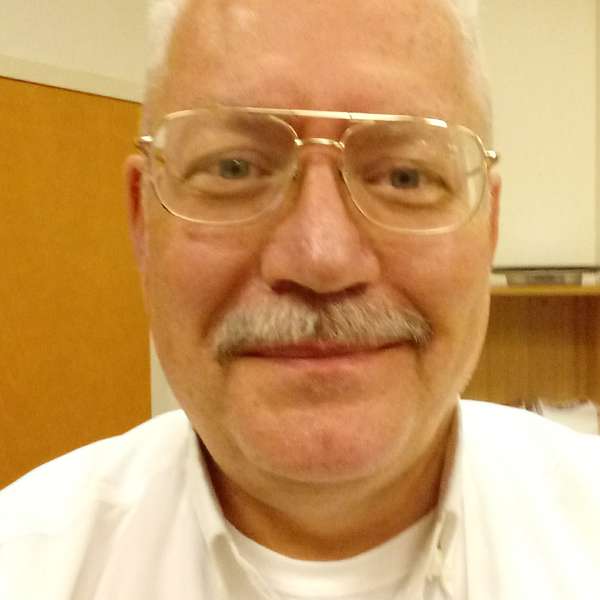
The Mad Scientist Supreme
The Mad Scientist Supreme
Virus Attack
Virus Attack
### Summary of Main Points:
1. **Polio Virus Lab Leak**: A recent discovery indicates that a polio virus found in the wild is closely related to a sample from a lab in Wuhan, suggesting a potential lab leak.
2. **Financial Interests in Polio**: The speaker suggests that there are individuals and organizations profiting from the ongoing presence of polio, implying a vested interest in not completely eradicating the virus.
3. **Concerns About Lab Safety**: The speaker expresses alarm over the number of labs studying deadly pathogens, particularly mentioning 23 labs in Ukraine, and the risks associated with potential leaks.
4. **COVID-19 as a Lab Leak**: The speaker posits that COVID-19 was an engineered lab leak, suggesting it was used for political purposes, particularly to undermine Donald Trump’s presidency.
5. **Population Control Theories**: There are claims that certain entities may want to reduce the population, with the speaker advocating for a larger population of "better people," hinting at eugenics.
6. **Bird Flu and Future Threats**: The speaker discusses the bird flu, suggesting it may also be a lab leak and expressing concern about its potential to mutate into a more deadly form for humans.
7. **Call to Action**: The speaker encourages people to be prepared for future outbreaks by storing antivirals and antibiotics, emphasizing the need for a proactive approach to potential health crises.
### Conclusions:
- The speaker presents a conspiracy-laden perspective on public health crises, linking them to lab leaks and financial motivations.
- There is a strong emphasis on the perceived dangers of pathogen research and the potential for engineered viruses to cause harm.
- The speaker advocates for population growth and expresses a controversial view on eugenics, while simultaneously warning against the intentional or unintentional release of deadly pathogens.
- Overall, the message conveys a sense of urgency and a call for preparedness in the face of potential health threats, while also reflecting a distrust of institutions and motives behind public health initiatives.